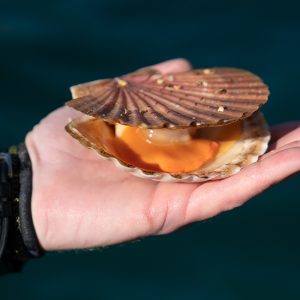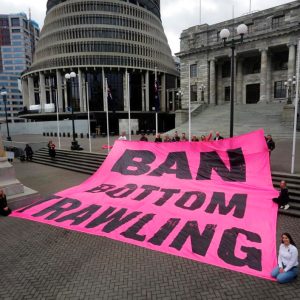Survey results, stinging attack on MPI, the future of recreational fishing.
Snapper 1 survey results
Last month we asked you to take part in the Snapper 1 survey and thanks to all those who took the time to respond.
More than 2500 of you took the 12-question survey. A summary has been fed back to the Ministry for Primary Industries via the SNA1 Strategy Group that put together the draft plan for the future management of this important fishery.
There is widespread support for the goal of rebuilding snapper numbers to 40% of the unfished level (currently we’re about 24%) but quite a bit of angst about how long that will take. The Ministry says by 2040 but LegaSea supporters want to see that target reached much sooner.
There’s also a lot of frustration over the time it takes to do other things as well. The Bay of Plenty sub-stock was estimated to be below 10% of its original stock level in 2013. There was strong support for the plan to include specific, targeted measures to rebuild this depleted snapper sub-stock.
There was strong opposition to any suggestion that we would need to wait until the new stock assessment is available in 2022 before any changes are made to the current commercial allocation, the TACC, or the allowances for recreational fishing.
And the recent publicity around wastage and dumping has taken its toll on relationships between recreational and commercial fishers and the Ministry. Nearly 80% of recreational fishers want industrial fishing pushed out of the inshore fishing zone.
You can read the full details below.
LegaSea – Snapper1 survey results.
Stinging words fired at Ministry
We’re not opposed to strongly worded commentary here at the FryUp. After all, those who like to go fishing aren’t averse to telling it like it is and we’re happy to oblige when needs must.
And so we bow down to New Zealand Herald columnist Rachel Stewart who has posted a blistering attack on the Ministry for Primary industries (MPI) saying she “despises” the organisation.
“The ministry, in my opinion, has forged a crooked path of destruction, deceit and dim-wittedness.”
Rachel Stewart
And that’s probably the kindest thing she has to say about MPI in the whole column, which tackles them on their record in fishing, in border protection and in animal well-being.
“The latest fiasco is around the treatment of bobby calves. It’s a perennial issue and, going by its track record of doing nothing, the public have finally woken up to the fact that MPI simply see no economic imperative to care.”
Read Rachel Stewart’s column here.
The future of recreational fishing
Meanwhile, another fisher who isn’t shy about coming forward, namely LegaSea’s own Scott Macindoe, has a great piece on the future of recreational fishing.
Did you know recreational fishers take only 4 – 6% of the total volume of fish caught in New Zealand waters each year?
The bulk of the rest of it – around 95% – is taken by commercial ventures, and around 90% of this catch is exported.
Yet of course the recreational fishers are the ones who have to accept different size limits and fewer fish because it makes perfect sense that we all be regulated.
Despite industry’s best efforts to suggest there is no data on how many recreational fishers there are or how much fish we take, NIWA does a splendid job of producing exactly that data. So next time someone tells you the problem with fishing lies with recreational fishers, point out Scott’s article and let them read for themselves.
Our Planet – Are we about to see the end of recreational fishing in New Zealand?<
An important kingfish project
Time to help gather some data with our good friends at Flytackle.
Flytackle not only has some of the best fishing kit on offer, they also have a programme focused on tagging yellowtail kingfish that inhabit the shallow water inshore environments around New Zealand.
Help us identify how many fish are left in our seas – find out more details at the link below.
Flytackle – Project #Tagakingonfly
Want to join the team? Become a LegaSea Legend.





